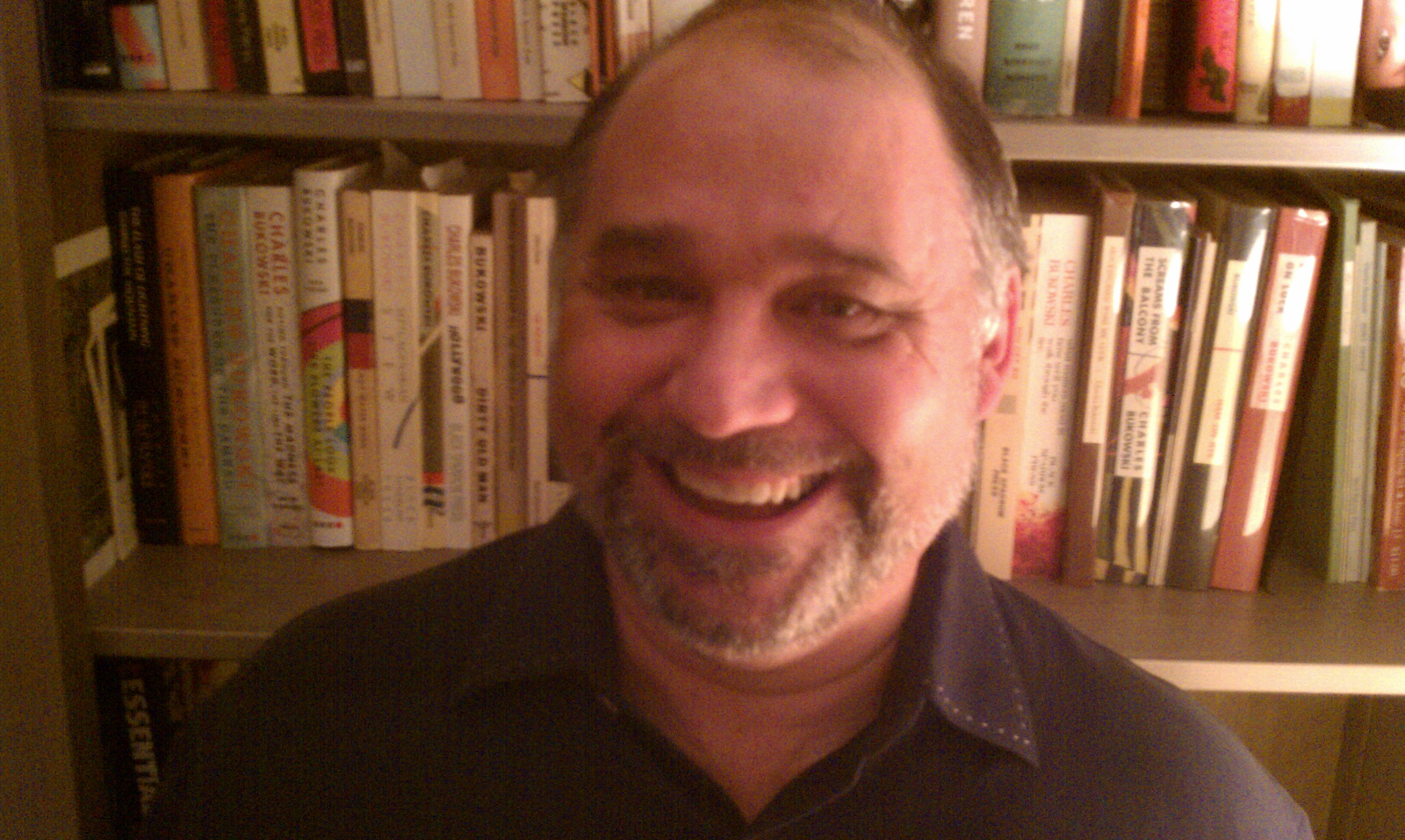Steven Wilkes Photography Report
Steven Wilkes, Day to Night Photography Report
Steven Wilkes was born on October 28th 1957 and began taking photographs at 12 years old. He earned his Bachelors of Science in photography from Syracuse University in 1980 and opened his first studio in New York in 1983. He began his career by taking landscape photographs and did so in California and Mainland China. Building upon the work of Ansel Adams and Harold Edgerton, his early works in California and Mainland China pushed him to the top of the photography profession.
Wilkes spent much of his earlier career traveling around the United States taking pictures for institutions such as National Geographic and other magazines, as well as his own personal Studio. This included a one-day assignment that transformed into a five-year study of Ellis Island and the medical facilities wherein immigrants were investigated and analyzed before being allowed entry to the United States or being sent back to their home countries. It also served as a philanthropy project to renovate the island.
Wilkes found his true calling in 2009 with the Day to Night project, focusing on capturing cityscapes and landscapes in extended exposure photography. Traveling around the United States he has created a portfolio of images of America capturing both urban and natural life in their full splendor; the technique involves exposing landscapes and cityscapes to photographic exposure for 30 hours or more. After this is the digital blending of the photos which Wilkes sometimes spends months on doing and involves the shading of some areas with the darkness of the night and the emphasis on the light of the day in distant regions of the photo. This creates a juxtaposition of light and dark themes as well as a gradient effect that the light has on our perceptions of our surroundings end of nature as well.
His photos inspire themes of loneliness in the darkness, of nightlife in the darkness, of nature’s grandiosity in the light, as well as community in both public places and secluded areas.
The theme of Wilkes photography, with respect to the Day to Night project, is certainly lighting. In every photo of his we capture different emotional and sentimental elements of the same area, being reminded of disparate aspects of our life in the photos. This includes my favorite of Wilke's pictures, Tunnel Valley in Nebraska which captures the incredible viewpoint of America's natural wonders in both the day and night. The photo shows the wonders that nature provides in both the dark and the light damn, almost appearing to be entirely separate monuments in the day versus the night.
The goal of Wilkes’ photography is to be shown to as large of an audience as possible so that all people might be aware of the beauties of the world and of the problems of other persons as well. This allows persons to both enjoy the world as it is as well as participate in its improvement by gaining an awareness of other people's surroundings and obstacles, as well as our own. The light and the dark both can both illuminate our inner selves, and it may all depend on the light we choose to see the pictures in.
Sources:
1. Colton, J. (2014, September 17). Steven Wilkes: Time Machine. PhotoJournal. http://www.zphotojournal.com/photo-journal/2014/9/10/stephen-wilkes-time-machine
2. Wilkes, S. (2019). Day to Night. Stevenwilkes.com. https://stephenwilkes.com/fine-art/day-to-night/
3. Steven Wilkes Biography. (2017) GADCOLLECTION. https://www.gadcollection.com/en/blog/p-stephen-wilkes


Comments
Post a Comment